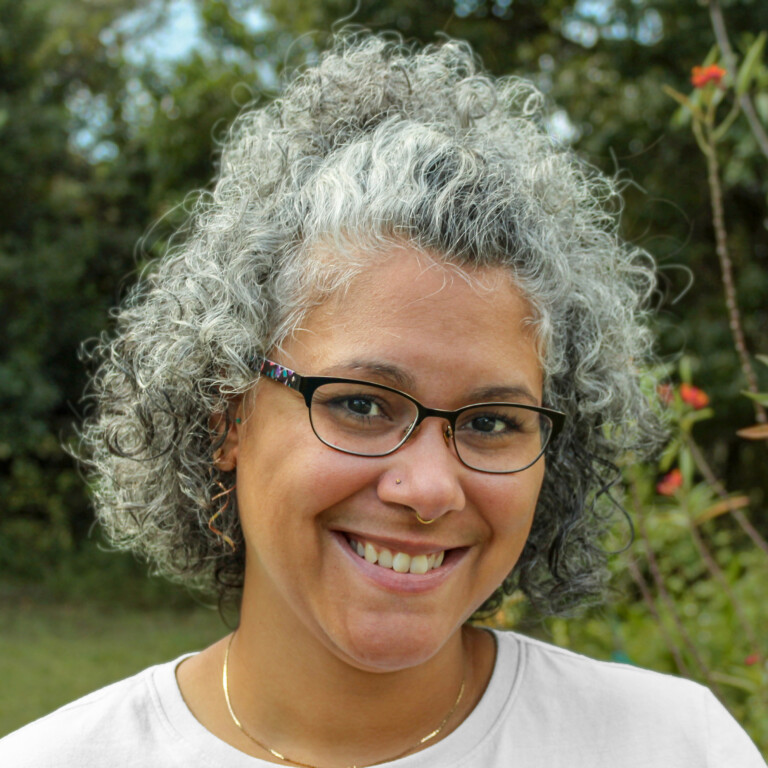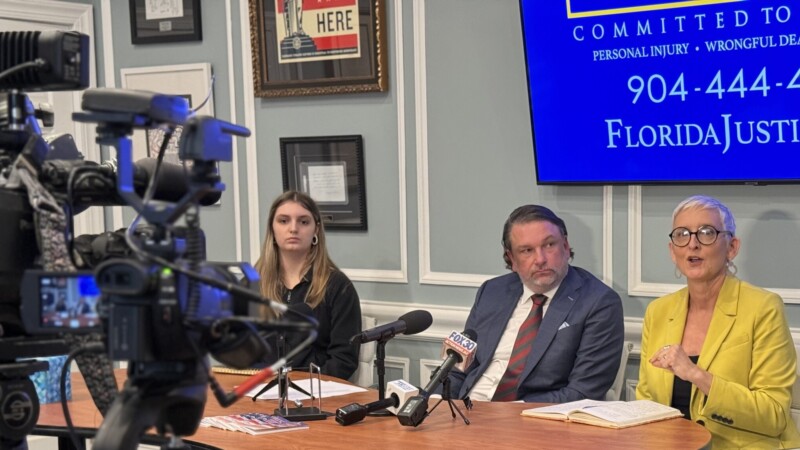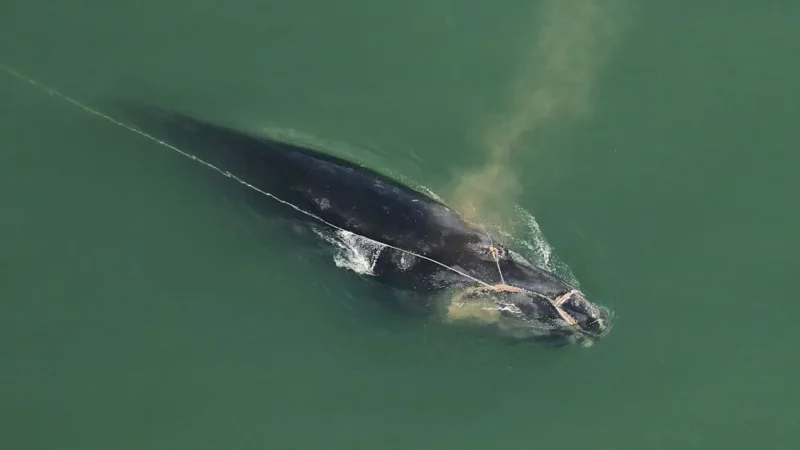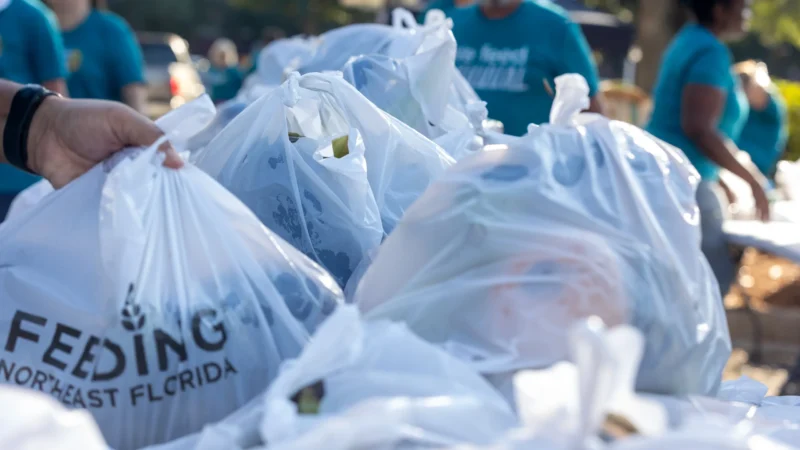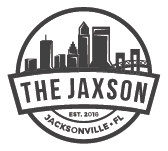
Sasha drives down County Road 121 in Union County every day to go to work in her community, about an hour’s drive west of Jacksonville. It’s a scenic drive, and she listens to her jams to feel a last bit of freedom before going into the office. When she saw there would be construction recently on a particular stretch, she chose another route for about a week. She likes her routine, however, and when she returned to her normal route, she saw swastikas spray painted on some of the construction cones.

“Am I trippin’?” she thought as she tried to make sense of what she was seeing. It was about mid September, her daughter was getting into the swing of a new school year while also planning for college, and here was the most notorious symbol for hate. It wasn’t just here, where she was stopped, it was across the road on another cone.

A day or two later she saw three more. “Someone else will remove them,” she thought; she didn’t feel comfortable moving them herself. The cones were still there the next day. She sent a text in her family group chat letting everyone know about the swastikas. Her sister-in-law exercises down that road, so Sasha told her she should probably choose a new route since it might not be safe. With swastikas popping up a few days after Charlie Kirk died, she wasn’t sure about her or her family’s safety anymore.
When you worry about your safety, you contact the police, which is what Sasha did. They said they would contact the construction company. When the swastikas were still there a week later, Sasha contacted the city. They told her that was the county’s problem. Sasha felt like she was running out of steam. No one else seemed to care about these hateful icons.
She had shared pictures of them on Facebook, and while many people showed their shock and dismay, no one wanted to take any action. What is a Black woman to do when she feels like her safety is not in the best interest of the police, the city, or the county?
It was pretty shocking for Sasha to see swastikas in a public space.
“It feels like someone is coming out saying, ‘I’m racist, here I am,’” she says. As a Black woman, Sasha said, “I saw it a lot in history books as far as Jewish people and Hitler, but it just relates to hate for me…hate from white people to anyone that’s not white. I don’t think there’s a lot of Jewish people here; I think they put that here for Black people and anyone that’s non-white.”
The cones appeared right before the Jewish High Holy Days, a holiday period of about a month. Benjamin and his family were preparing for the first holiday when he saw Sasha’s Facebook post about the swastikas. For him, the timing did not feel coincidental. Like Sasha, the icons felt targeted. Benjamin and Sasha grew up together in Union County, but he left the area after college. Seeing hatred pop up so visibly and for so long struck the same chord in Benjamin that was struck in Sasha. The fear that if we don’t work together, if we don’t recognize the humanity in every other person, we will never be the great country everyone wants America to be.
It took five weeks for the cones to disappear, as far as Sasha can tell. It isn’t clear if they were officially removed or just taken away because the construction finished.
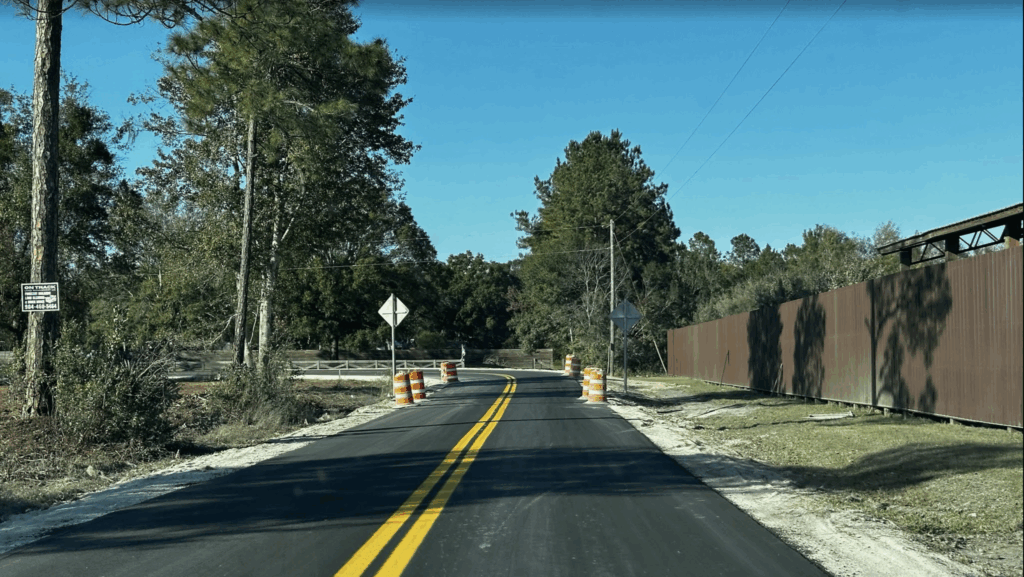
Those five weeks were nerve wracking for Sasha and she’s relieved that they’re gone.
“It’s frustrating that it took so long,” she says, but now that people know this kind of vandalism happened, maybe others will take action if it happens again. For now, she can return to her scenic commute and jam out, free of the hate speech.
If you witness hate speech on public property, here are some potential ways you can try to have it removed: Contact your city council person, state representatives, the news or local advocacy groups.
Names have been changed at the request of those involved due to fear for safety.
